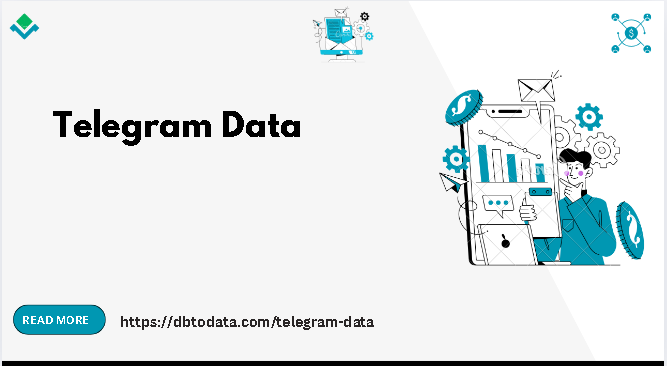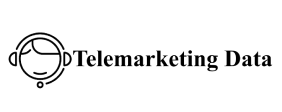ATL and BTL | Exploring the StrategiesMarketing is a dynamic and multifaceted field, crucial to the communication and commercial success of brands. Within this field, ATL and BTL strategies, i.e.: Above The Line (ATL) and Below The Line (BTL), are distinguished. ATL refers to mass advertising tactics aimed at a general audience, while BTL encompasses more direct and personalized methods of communication and promotion. The origins of these distinctions date back to the mid-twentieth century.
What is ATL?
Above The Line (ATL) marketing is characterized by its focus on mass media to reach a broad audience. These strategies include television, radio, and billboard advertising, and focus on building brand awareness and product recognition on a large scale. For example. National television campaigns, radio ads, and billboards are common for the launch of a new car.
Examples of ATL
ATL (Above The Line) marketing uses mass media to communicate with a large number of consumers simultaneously. Some examples include:
- Television Campaigns : Advertisements on national or local television channels intended to capture the attention of a broad spectrum of viewers.
- Radio Advertising : Radio spots that air throughout the day to reach listeners at different times, such as during the morning commute.
- Press Ads : Advertising in newspapers and magazines, both in print and digital editions, targeting specific readers based on editorial content.
- Billboards : Large advertisements placed in strategic locations such as highways and city centers to maximize visibility.
- Commercial Cinema : Advertisements shown before movies in theaters, taking advantage of a captive and focused audience.
- Massive Online Advertising : Campaigns on high-traffic digital platforms, such as YouTube or news portals, which, although they can be highly segmented, are also used for far-reaching campaigns in social media management .
What is BTL?
On the other hand, Below The Line (BTL) marketing is russia telegram data defined by its focus on more direct and personalized communication tactics. Unlike ATL, BTL marketing seeks to interact with the consumer in a more intimate and measurable way. This can include brand activations at specific events. Such as music festivals to promote energy drinks, where the brand experience is shared directly with the consumer.
Other strategies, such as targeted email marketing campaigns. Allow brands to introduce a subscription service to a select audience, personalizing the message and offering more direct and relevant communication. These examples illustrate how BTL focuses on building relationships and generating immediate responses from a specific audience.
BTL Examples
BTL (Below The Line) marketing is characterized by its direct and personalized approach to the target audience. Here are some notable examples:
- Brand Activations : Product or service launches in public spaces, such as plazas or shopping centers, where consumers can interact directly with the offer.
- Direct Marketing : The use of personalized emails user experience with sketchpro ai or postal mail to offer targeted promotions to a segmented customer database.
- Event Sponsorship : Support for the production of local, sporting or cultural events , where the brand can interact with a highly specific audience.
- Trade Show Booths and Displays : Customised trade show booth design to demonstrate products and services directly to an interested audience.
- Free Samples : Distribution of tg data product samples in crowded locations to encourage direct trials and increase brand familiarity.
- Guerrilla Marketing : Creating creative and unusual advertising campaigns that seek to generate a significant impact through unconventional means.
Comparison between ATL and BTL Marketing
The main distinction between ATL and BTL marketing lies in their target audiences and execution methods. While ATL focuses on large-scale campaigns through mass media to build brand awareness, BTL targets specific segments with more personalized and direct strategies.
Integration of ATL and BTL StrategiesThis combination ensures broad recognition while fostering a deeper connection with consumers.
The Future of Marketing: Beyond ATL and BTL
The future of marketing is shaping up to be a greater fusion between ATL and BTL strategies, with a growing emphasis on digitalization and emerging technologies. Emerging trends in marketing include the use of artificial intelligence to personalize user experiences. Influencer marketing as a bridge between ATL and BTL, and omnichannel marketing for a cohesive customer experience. Digitalization is not only changing the marketing landscape but is also expanding the possibilities for brands to engage with their audiences in innovative and meaningful ways.


